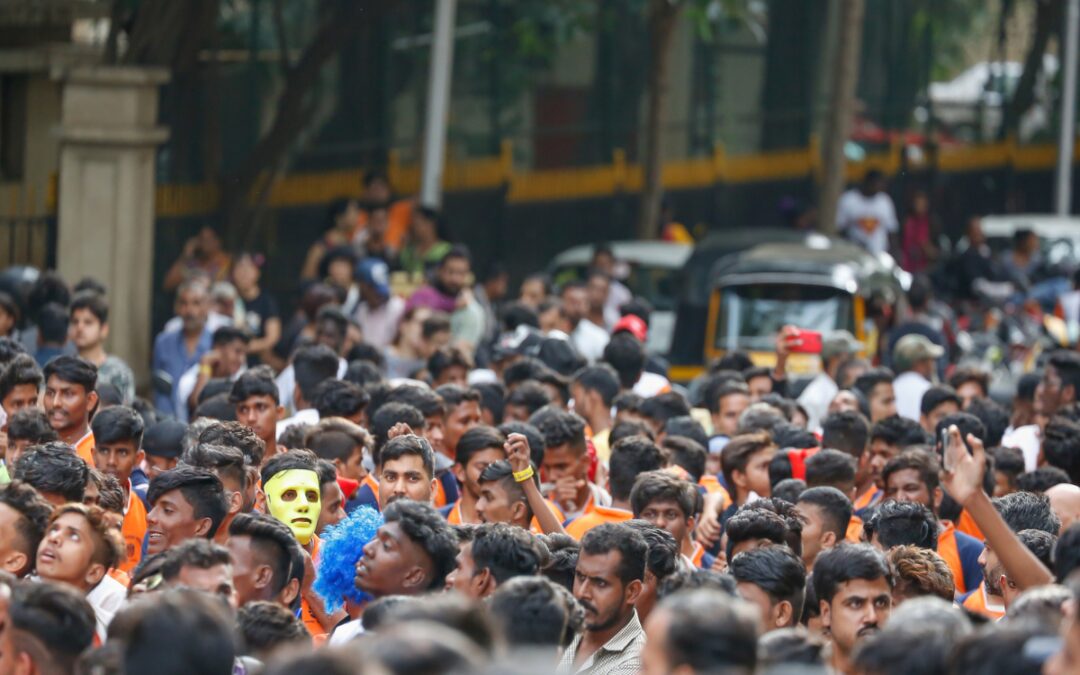The budget is the annual financial statement of the government in which the income and expenditure are stated. What is the chance that you will look for in the budget what the government plans to do to check malnutrition? Very little, because we perceive the budget as mainly a document about the economy and finances of the state and subjects such as malnutrition are not directly related to the state finances or the economy. But that’s a misperception.
The human angle
The human angle in the budget is not a secondary to the economic and the financial aspects because it is central to a country’s economic growth. Health of women and children and education are important because worker productivity and well-being is directly responsible for economic growth.
Also Read| What does the govt spend on? The politics and economy of expenditure
Education, health and women
Since higher literacy is a hallmark for developed economies, its importance for a developing economy can’t be overstated. A literate population is required for growth of the business and economy. These days when high technology is involved in almost all the sectors of the economy, skilling of youth has emerged as the top requirement if India has to keep growing, not least because the country has the highest youth population in the world. Skilled and educated workforce directly contributes to the growth of business and the economy.
Given India’s huge youth population that needs skilling for employability, recent budgets have laid emphasis on training and apprenticeship. The outlay for the education sector in the 2023 budget increased to ₹1,12,899.47 crore from ₹1,04,277.72 crore in the previous budget. Yet, the total expenditure on education as a percentage of GDP has stayed stagnant at 2.9% since 2019. The National Education Policy recommends the budgetary allocation of 6% of GDP to education, which seems a distant goal.
Budget 2024 Expectations – Live Updates
The National Health Policy, 2017 had proposed that the overall government expenditure on public health (central and governments combined) should be at 2.5% of GDP. As per the Economic Survey 2022-23, the overall public health expenditure was at 1.6% of GDP in 2020-21 (actuals) and estimated at 2.1% of GDP in 2022-23.
Also Read| What do the big numbers in the Budget actually mean?
Increasing budget allocation to 2.5 per cent of the GDP will help ramp up the social insurance schemes, boost healthcare reforms and infrastructure and fast-track digital health services.
Since women are nearly half of the population, why does the budget need to address them specifically? Don’t all the schemes benefit women as much as men? That’s mainly because women’s participation in the labour force has been traditionally low and empowering women adds to productive labour.
Women need to account for over half the new jobs created by 2030 for India to achieve an 8% growth rate, as per a Barclays study. The female labour force participation would have to rise six percentage points to 43.4% from 37% in 2022-23 for growth to jump from 6-6.5%.
Of the roughly 108 million estimated increase in the labour force, around 55 million (nearly 50%) would have to come from women. Currently, for every female worker, there are 2.2 male workers. This has come down to 1.9 male workers by 2030.










